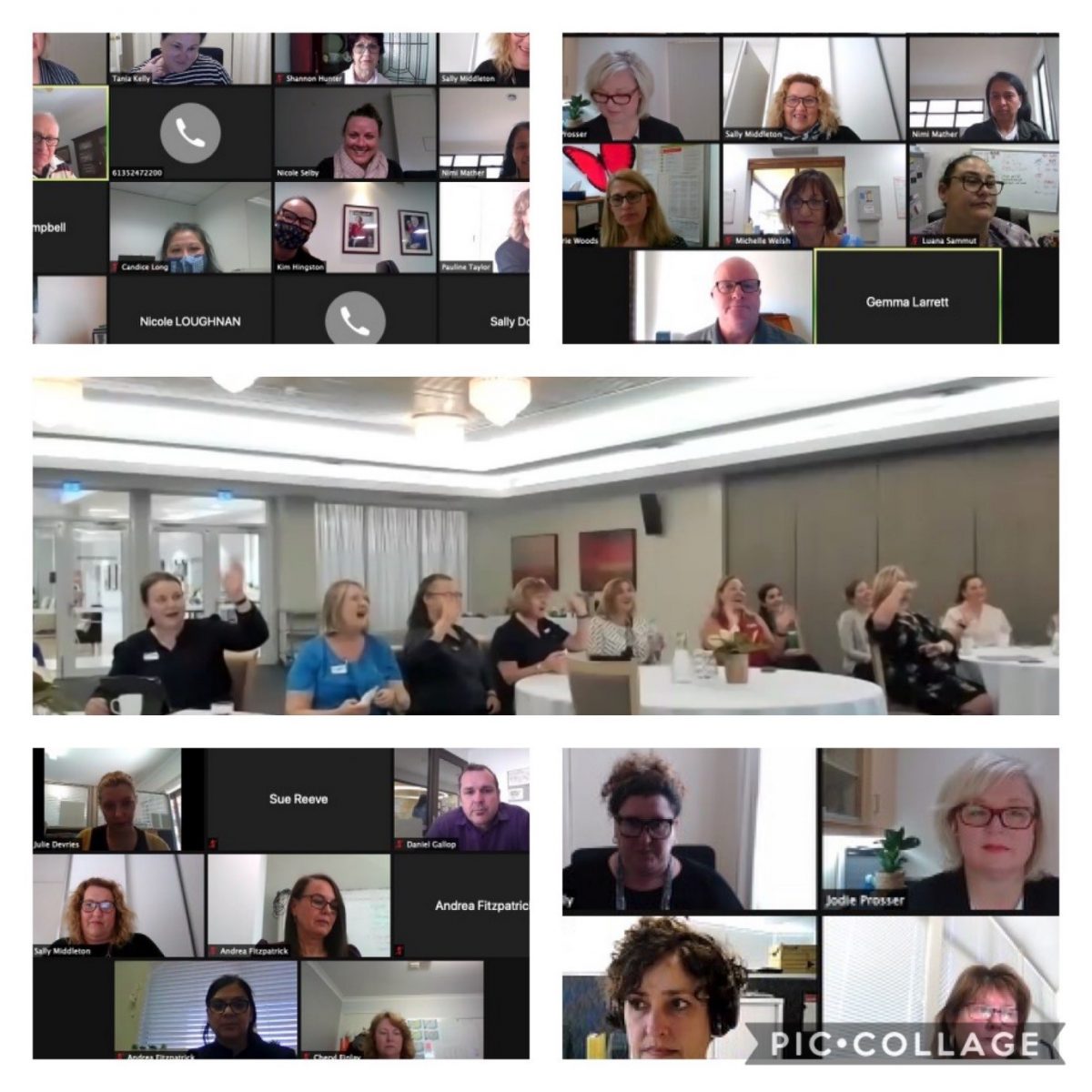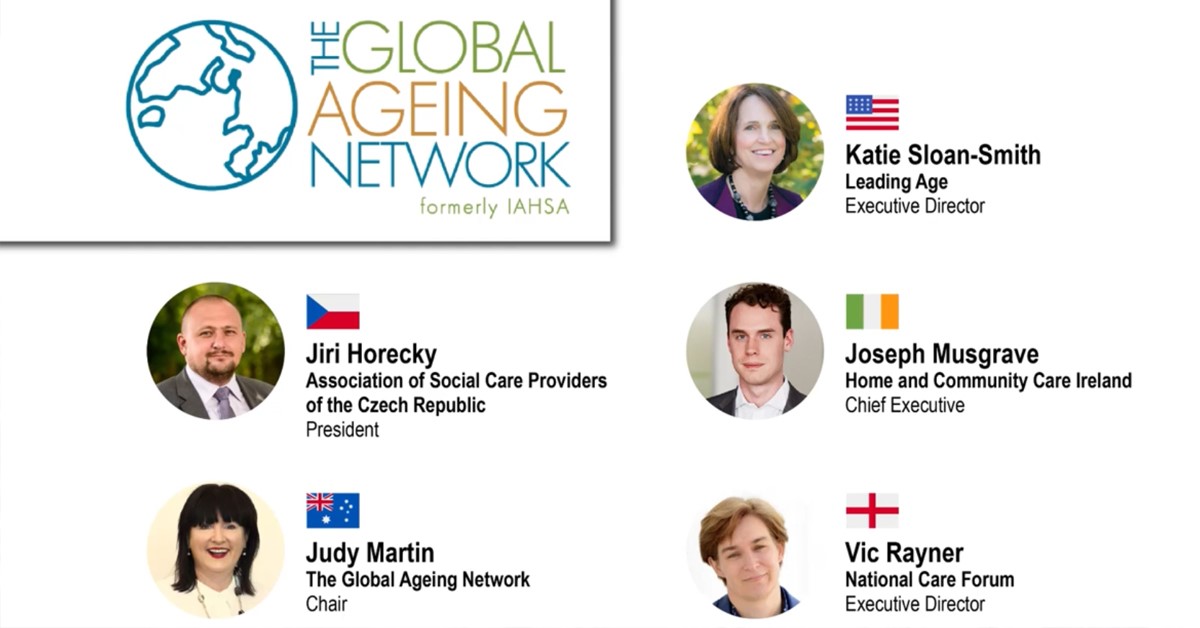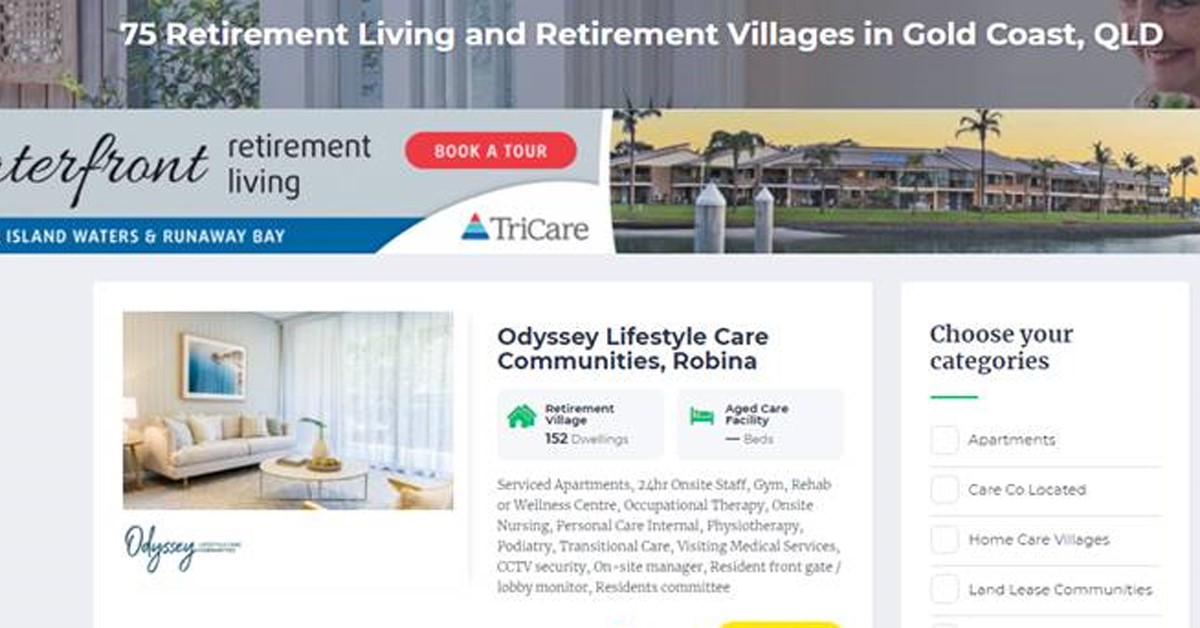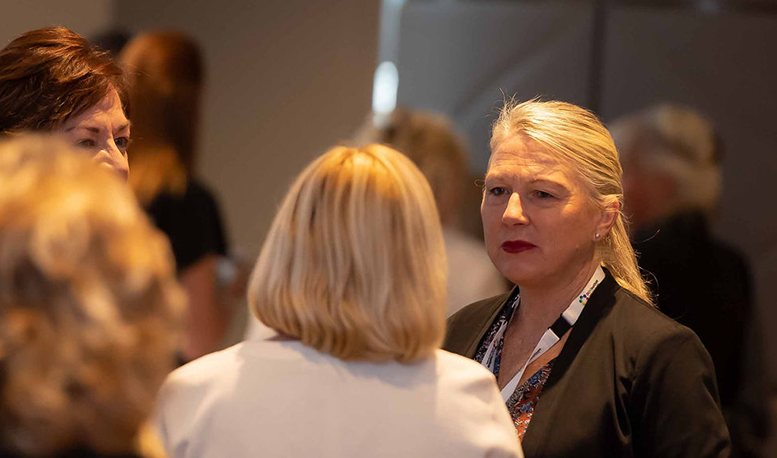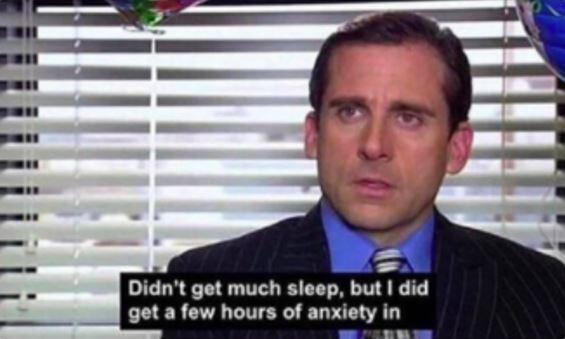One of our chief aims at the DCM Institute is providing a platform that helps village professionals connect with their peers from all around Australia.
Last month, the DCMI team held our popular virtual Village Network meetings with participants from all around Australia.
There were seven in total, from Dubbo to Taree, Rockhampton to the Gold Coast, and we had participants from the ACT, Tasmania, Western Australia, South Australia and Victoria.
These informal online meetings have proven especially valuable for village professionals in regional and remote locations.
The opportunity to network with peers, share ideas and knowledge, validate current challenges and discuss industry wide and local topics of interest is critical, but not always easy for people working in remote areas who are unable to attend bit city industry events.
This has only been exacerbated with COVID-times.
So, we’ve been overjoyed to share our knowledge and experience with village professionals, while providing a valuable point of contact.
In this round, Sue from Dubbo said, “Since joining the DCMI program and Village Network I never feel isolated or lonely. Joining the program is one of the best decisions my employer has made.”
If you are from a regional or remote area and working as a village professional, feel free to reach out and join our next free online Village Network gathering.
You can sign up online here.

